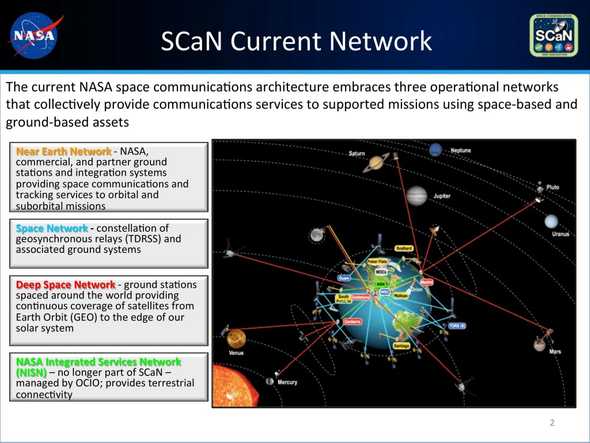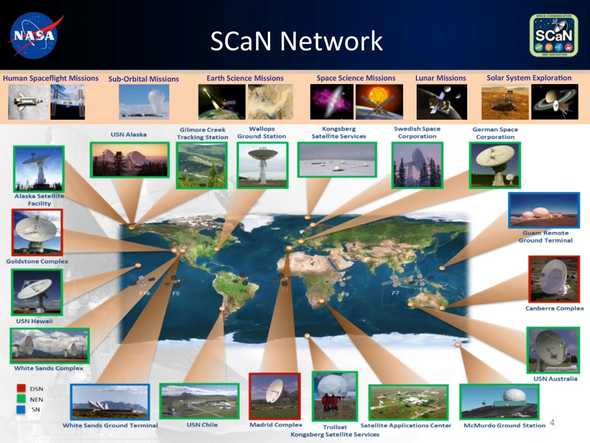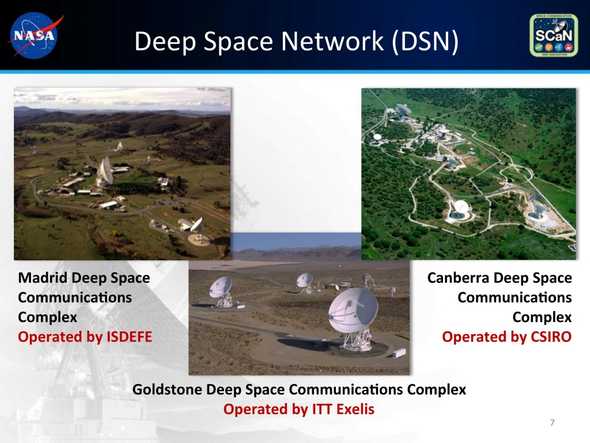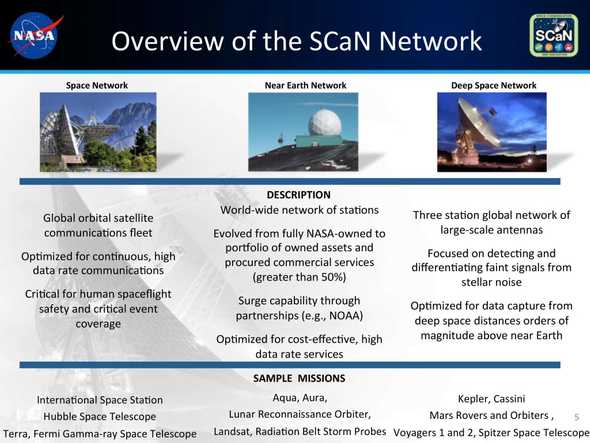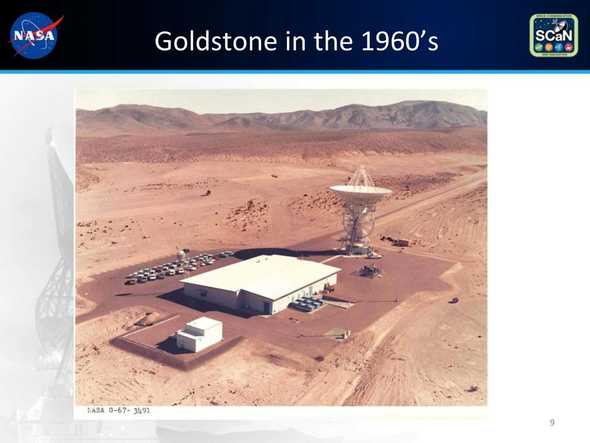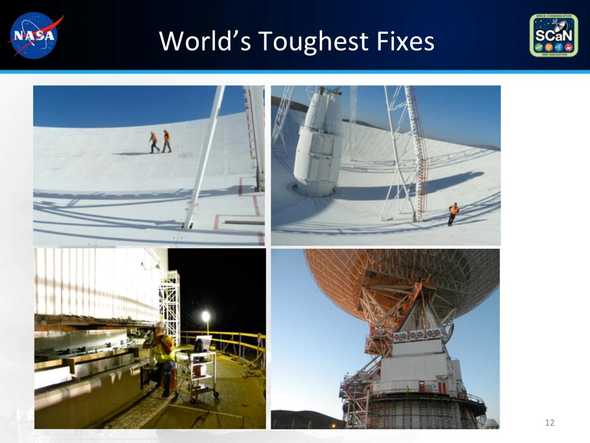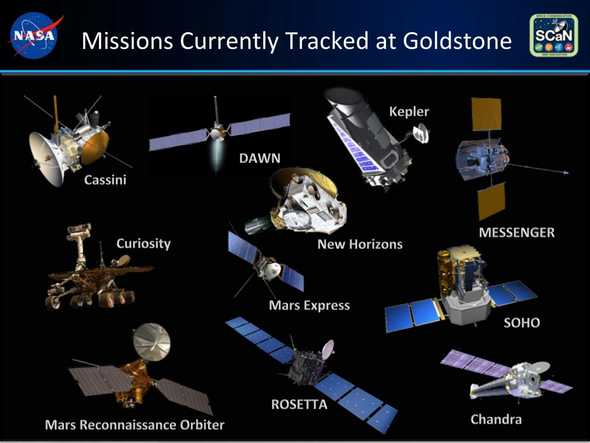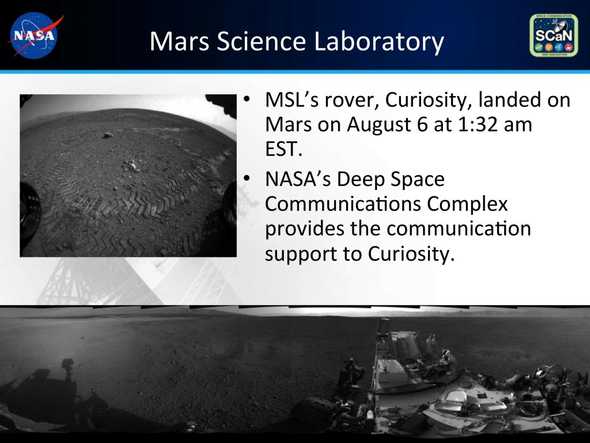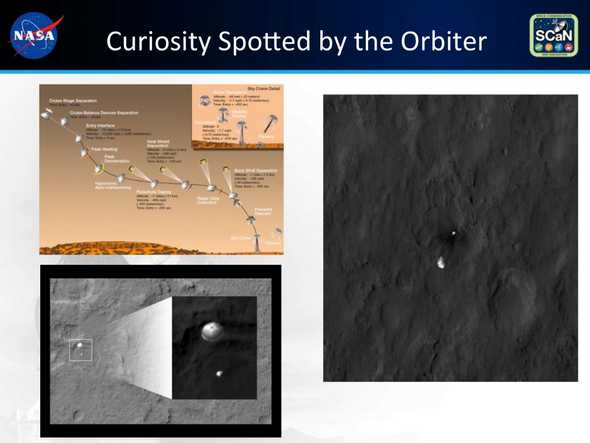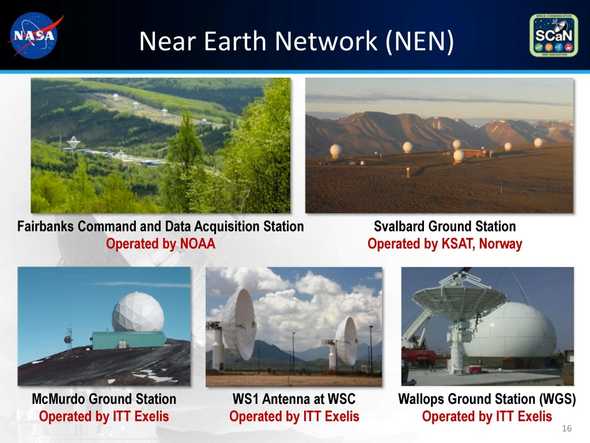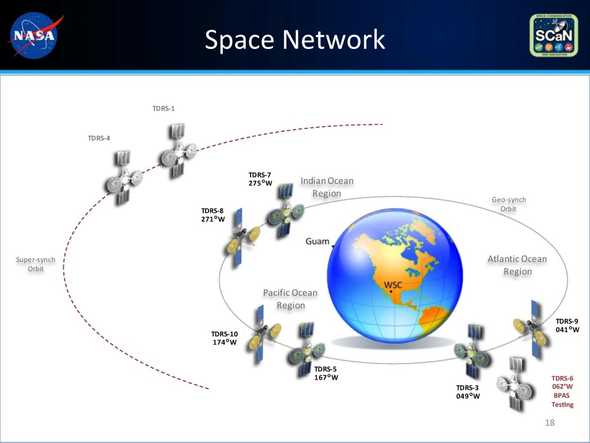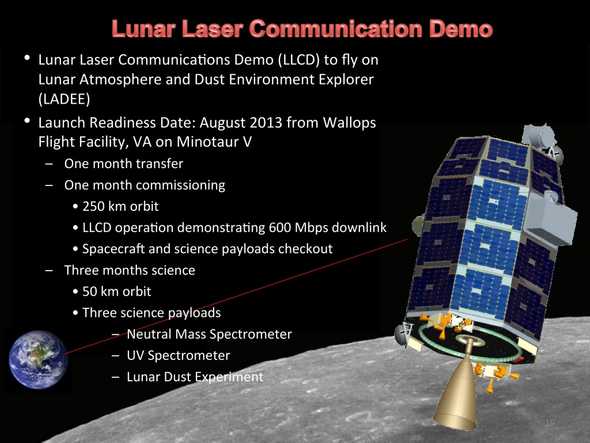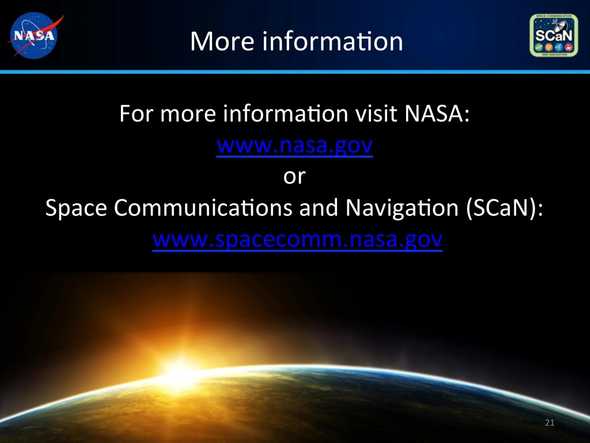Goldstone #DSN: Badri Younes
The first speaker at the Goldstone Deep Space Network NASA Social was Deputy Associate Administrator for Space Communications Badri Younes. He works under William Gerstenmaier, who oversees NASA’s human exploration and operations.
Younes started off by thanking attendees of the NASA Social. He mentioned it is a partnership between NASA and the community. NASA does a lot of great things, but great things that are done, if not communicated, especially to the young folks will lose their value. It is a partnership that NASA wants to build on to get the message out, to sensitize the minds of the young generation about the importance of the work NASA does and to stimulate their minds to pursue science, engineering, technology, and mathematics as a career of choice.
There are three operational networks that collectively provide communications services to supported missions using space-based and ground-based assets. The Near Earth Network is composed of NASA, commercial, and partner ground stations and integration systems providing space communications and tracking services to orbital and suborbital missions. The Space Network is a constellation of geosynchronous relays (TDRSS) and associated ground systems. The Deep Space Network consists of ground stations spaced around the world providing continuous coverage of satellites from Earth Orbit (GEO) to the edge of our solar system.
A fourth network, the NASA Integrated Services Network (NISN), provides terrestrial connectivity, but is no longer part of SCaN and is managed by OCIO, Office of the Chief Information Officer.
The three networks have evolved over time. The Space Network evolved to support the Space Shuttle Program and Human Exploration Program to provide near real-time support to anything that’s in the near earth environment below Geosynchronous orbit. The Near Earth Network caters to science missions that are doing Earth science, including studying the weather.
Their goal is to integrate these independent networks into a cohesive network of networks, providing transparent support to new classes of users that will be criss-crossing all of these boundaries of near-earth and deep space. This type of network would require an integrated network that has no discrimination or differentiation between Near Earth and Deep Space networks.
By 2015, they plan to add Standard Services and Interfaces, Delay Tolerant Networking, Deep Space Antenna Array, Lunar Optical Pathfinder (LADEE), TDRS K, L, and increased microwave link data rates.
An array of antennas would cater to many more users. There are three stations in the Deep Space Network, each separated by 120 degrees, that provide continuous around the clock coverage. They are located at Goldstone in California, one in Madrid, Spain, and one in Canberra, Australia. They have evolved over time catering to specific missions, with plenty of redundancy in the type of hardware and capability. NASA’s Jet Propulsion Laboratory is working to harmonize across the entire network to provide efficiency with controlling the operations under one command. Each station has three shifts per day. The goal is to follow the sun and have one shift per station per day.
They are also trying to introduce the concept of the internet, but TCIP doesn’t work in space due to the latency. A new concept called Delay Tolerant Networking is being used on the ground in the battlefield to support mobile networking. It will provide the robust capacity that can’t be supported physically and can multiply the capacity virtually. Optical communication can provide 100 times the performance of the RF system. That can help reduce the payload size of the communication equipment, allowing more scientific instruments onboard spacecrafts, or can provide the data rates that will allow streaming video from Mars or other planets.
NASA doesn’t get much in terms of a budget. Youngs said the kinds of things NASA does and the capabilities and the mission they are trying to accomplish is not that cheap, but it returns a lot of dividends to the taxpayers. With what they have, they do a lot. It is important to stimulate the minds of the young generation and make them aware of the importance of science and what NASA does. To establish a new trend of how young folks think instead of gaming and the internet and service-oriented jobs. To have them pursue science, which really needs to be revived in their heart and mind. Math and physics are so important to our growth. Not only from the scientific perspective, but from an economy perspective. LADEE is a mission going to the moon in 2013 that will provide us with our first experience with Optical communication.
By 2018, there will be an Integrated Network Management (INM), Integrated Service Execution (ISE), Space Internetworking, Optical Ground Terminal, and Near Earth Optical Initial Capability. Because the budget is fixed, they are making the network more efficient in how it operates to fund the new capabilities. With the help of folks from JPL and ITT Exelis, they were able to save up to 40% of their existing funds, which are being used to build new better antennas with state-of-the-art technology and get a better return on investment. The target is to reduce the cost by a factor of 100.
By 2023, the network will evolve to a dedicated relay around Mars that will support streaming video from Mars. They are working to have a data rate of 70-100 mbps by 2017. They are trying to keep pace with the increasing application requirements and Optical communications will help that. The push to Optical is driven by the congestion in the spectrum. All the activity from the commercial sector that is competing for frequencies that are supporting the current operations. Finding new ways will help reduce dependency on lower frequencies.
SCan Services Provide: Integrated service-based architecture, Space internetworking (DTN and IP), International Interoperability, Assured safety and security of missions, and significant increases in bandwidth.
In the future, more collaboration among all space agencies will achieve a lot more than each agency can by itself. The DSN has stations in the North and South poles. On a single day, the DSN is supporting over 100 missions, from human missions to suborbital missions all the way to Deep Space. The different sites of the DSN vary based on the area and size of the facility. Sometimes the antenna are concentrated into one area, in other places they have the real estate and can do better science with the infrastructure.
The Pioneer program was where the DSN started 58 years ago. There was a small wooden shack and a 26 meter antenna. In the 1960s, the facility was improved. In 1968, they built the 64 meter antenna, which today is the 70 meter, as the need increased for more energy to capture certain signals. Several years ago, they celebrated the 40th anniversary.
The large infrastructure cannot support high frequencies, due to the wave lengths being smaller and the surface not being smooth. Any misalignment can cause severe loss of signal. They are moving towards KA band with smaller antenna in an array that can be used in science. Instead of listening with one ear, they can listen with five ears increasing performance.
The newest mission being supported is Cursority. Voyager, one of the older missions still being supported, was close to being terminated due to the cost and inefficiency of the ancient system. The mission is still healthy, sending back data a letter at a time. Younes said they felt it was unethical to terminate support. As it crosses the boundary of the solar system, it has discovered magnetic bubbles that are believed to offer protection to our solar system from Cosmic effects.
The Mars Reconnaissance Orbiter spotted and photographed MSL on entry and descent to the red planet.
The Near Earth Network consists of the Fairbanks Command and Data Acquisition Station operated by NOAA, Svalbard Ground Station operated by KSAT in Norway, McMurdo Grou Station, WS1 Antenna at WSC, and Wallops Ground Station operated by ITT Exelis.
The Space Network consists of Tracking and Data Relay Satellite (TDRS), White Sands Complex, Second TDRS Ground Terminal, and Guam Remote Ground Terminal. Space Shuttle Challenger was responsible for launching and deploying the satellites. One of the spacecraft, TDRS-B was destroyed onboard Challenger’s final flight.
The TDRS was designed for a seven to eight year life but lasted 27 years. They compensate the technology with new capabilities on the ground using people and knowhow to keep pushing the usage of any investment. The first two generations were retired into a higher orbit, known as the graveyard. Younes likes to call it the retirement house.
They need seven operational spacecraft and are working on the next generation with a main objective of reducing costs by a factor of 75%. The new generation will take advantage of technical advancements since the 1970s.
The focus is on Deep Space Optical communications but will be starting in Near Earth with the Lunar Atmosphere and Dust Environment Explorer (LADEE) launching in August 2013. There will be an optical payload to gain expertise and experience in operating optical communications.
They will also take this concept and put it on the next generation data relay satellites that will support data rates up to 2.8 Gbps.
Younes really stressed the importance of encouraging the next generation to pursue careers in science, engineering, and mathematics so we can advance our exploration into deep space. He also showed that NASA is using every little bit of the limited resources it is given and returning many times more of the investment back to the public. Two very valuable takeaways from his talk. You can watch it below:


